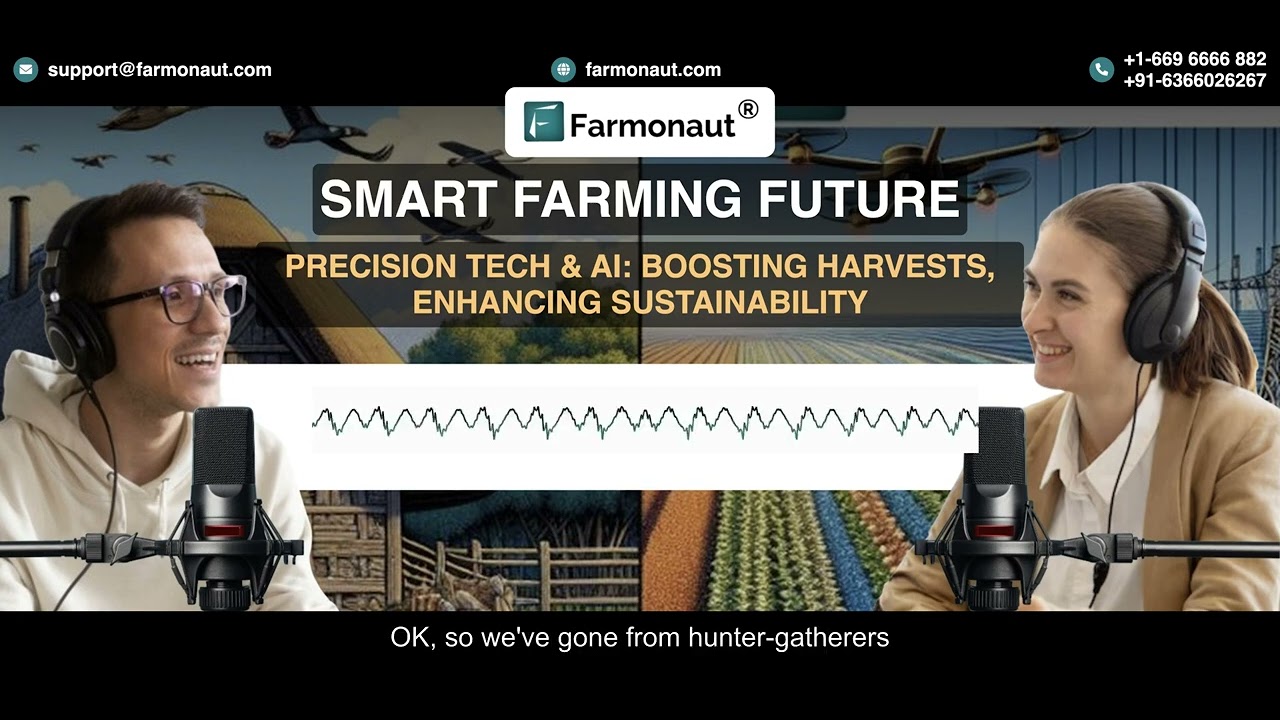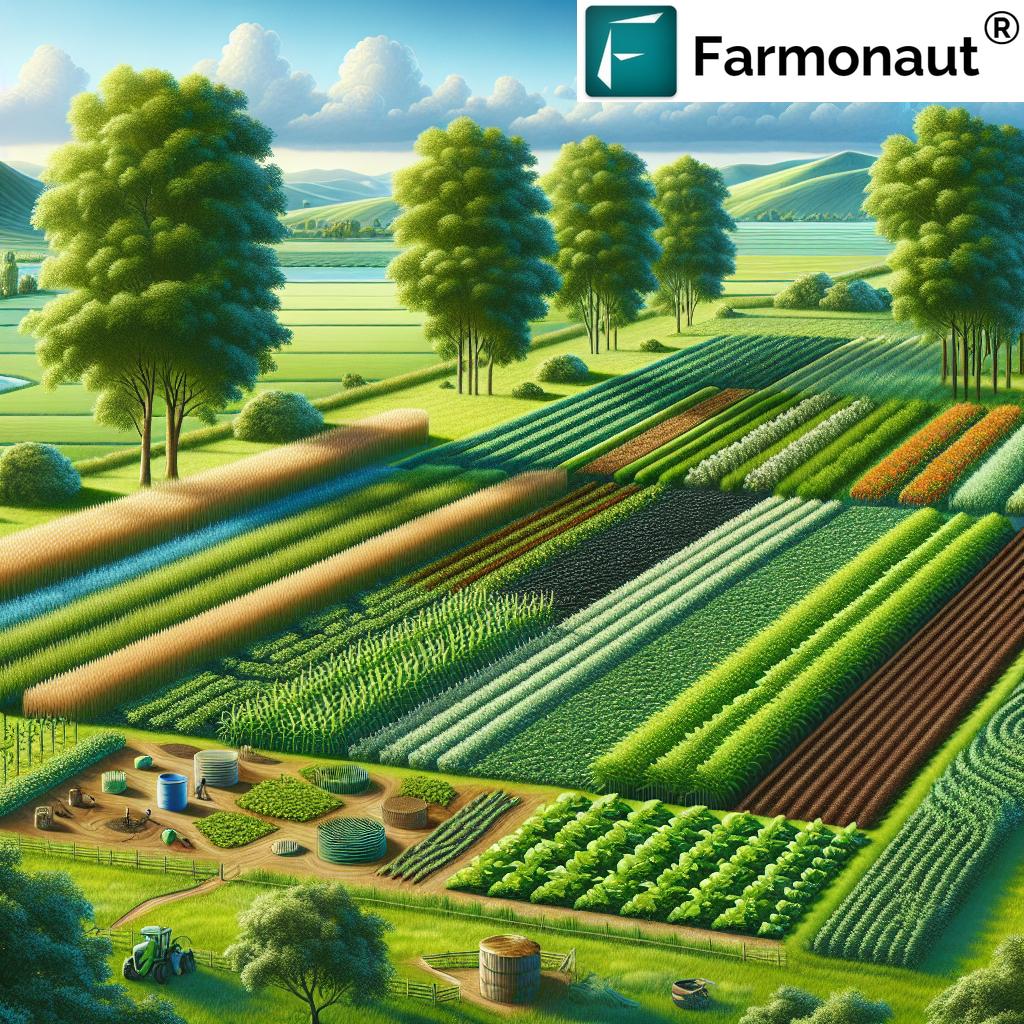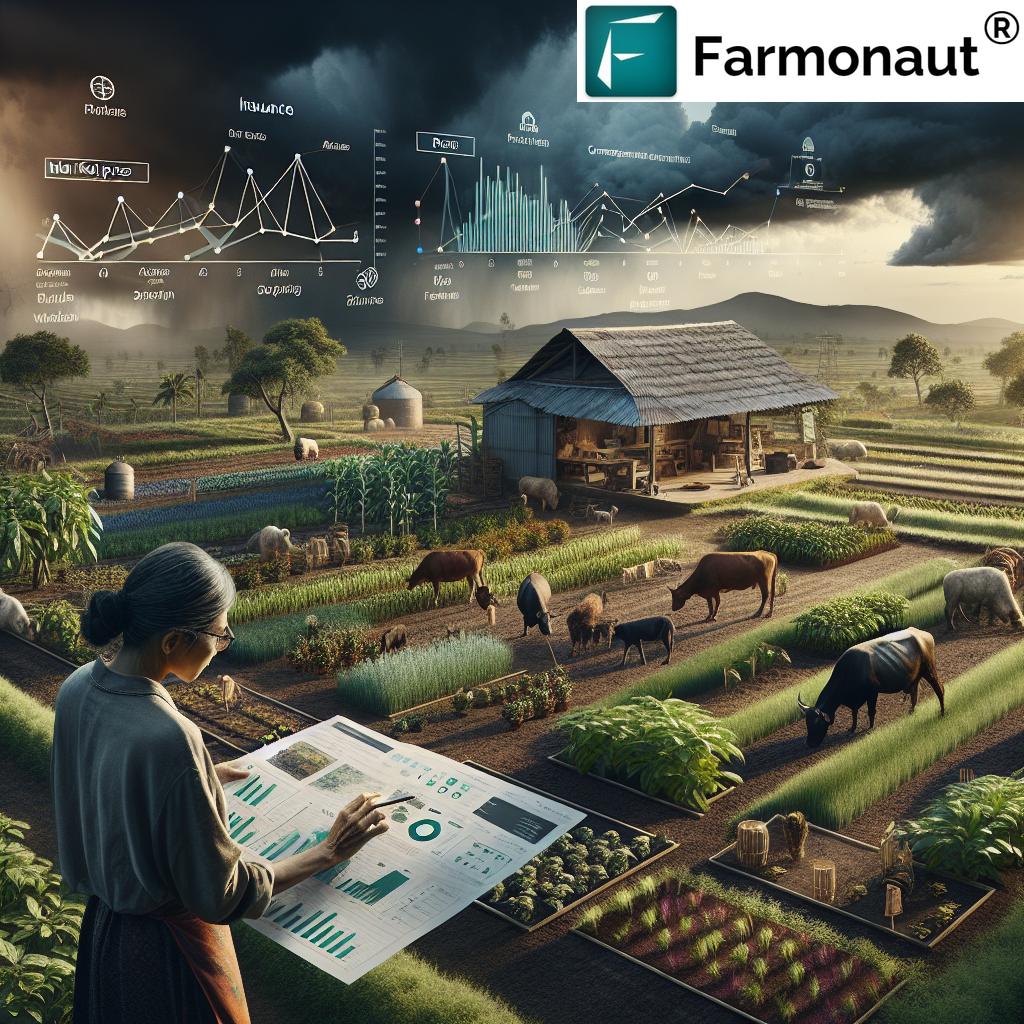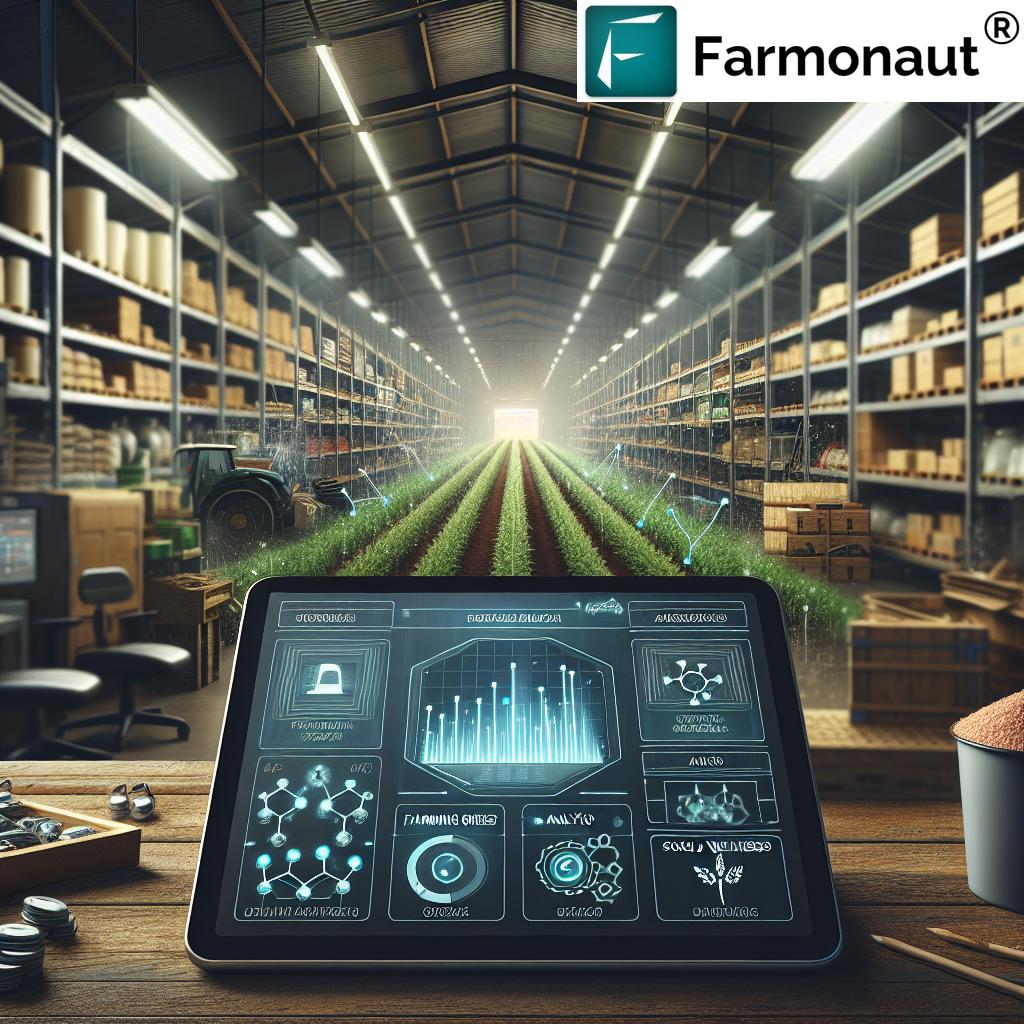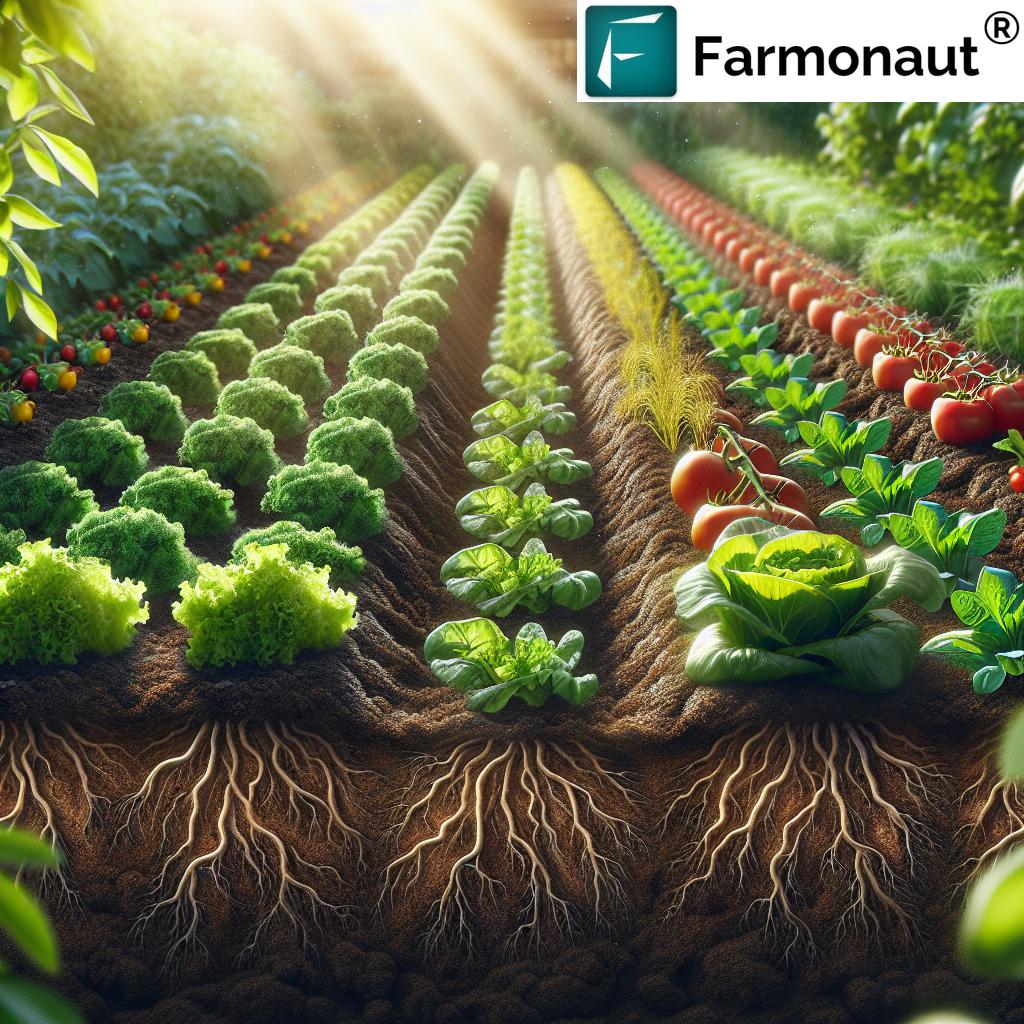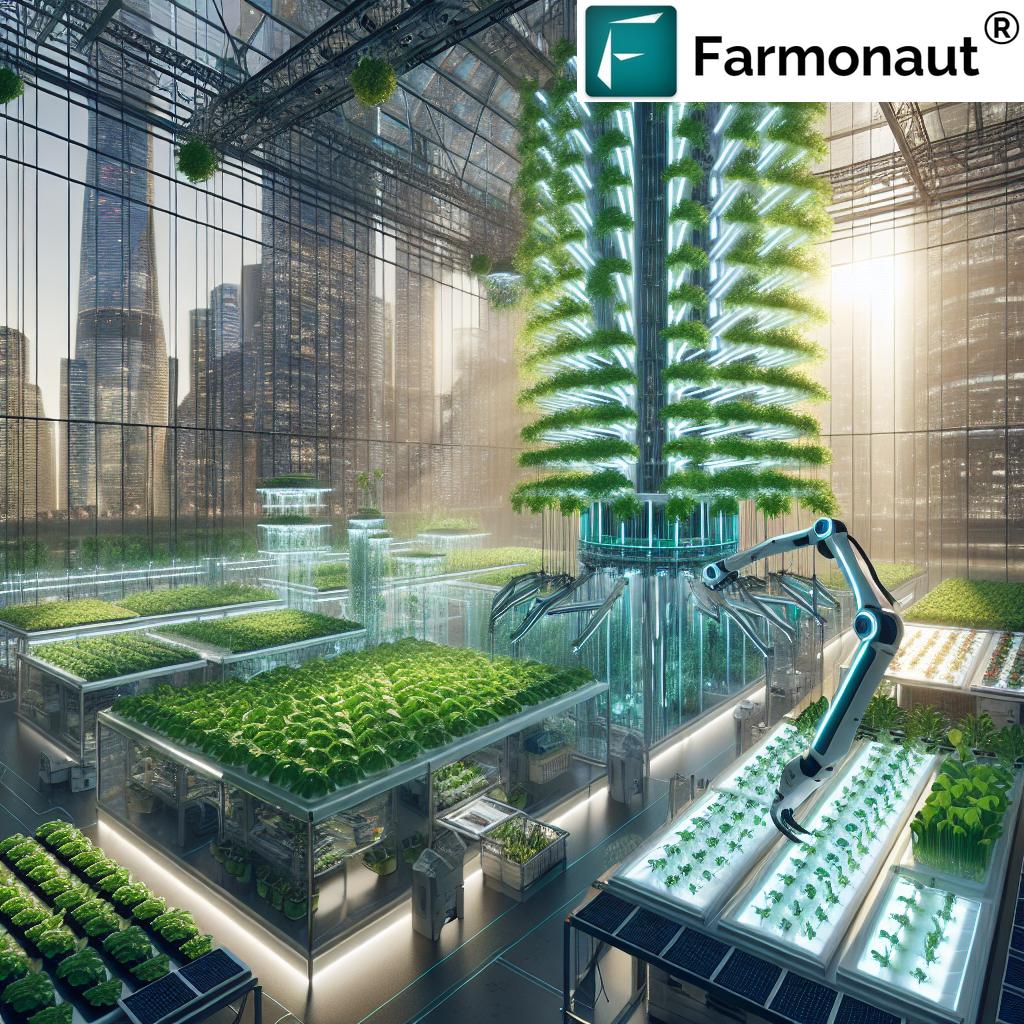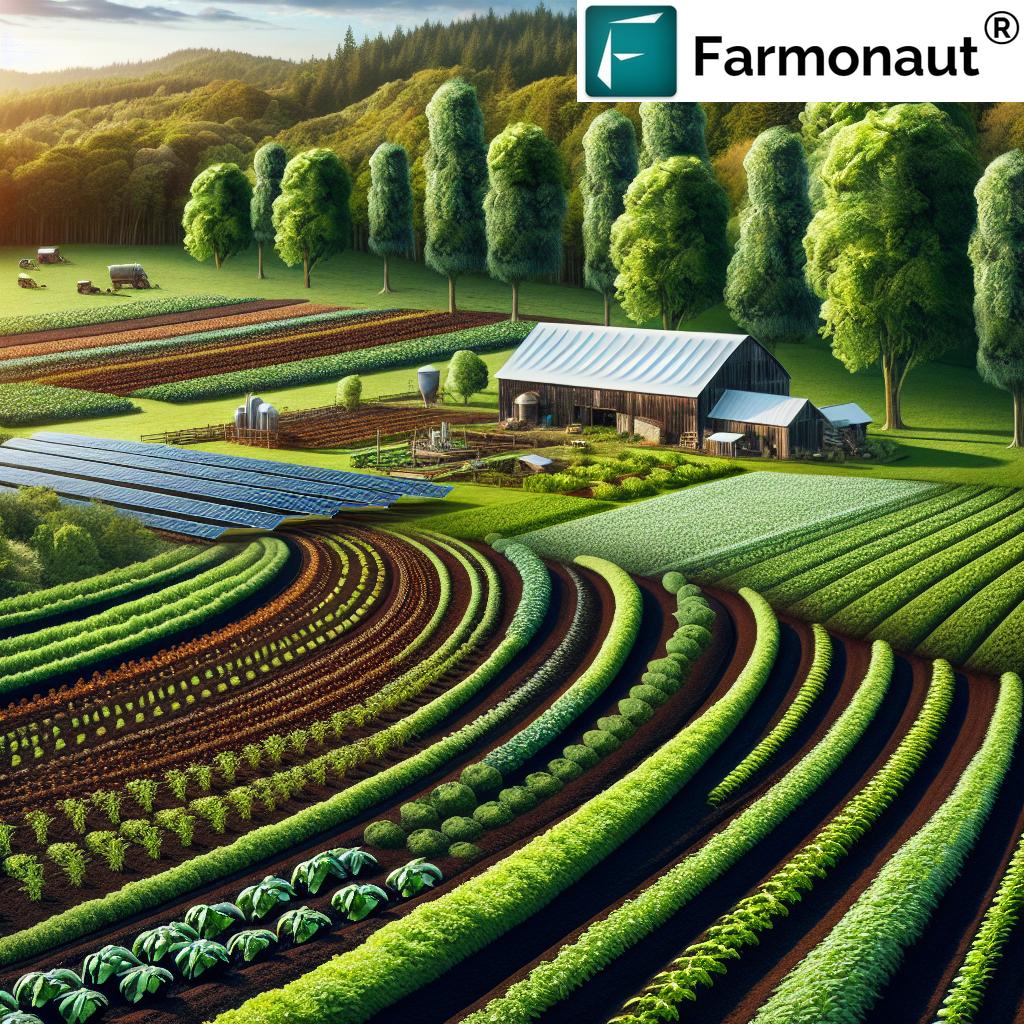Solar System for Agriculture: Sustainable Farms 2025
Introduction: The Dawn of Solar Agriculture in 2025
In 2025, the integration of solar for agriculture is not just an environmental trend—it’s a revolution that is reshaping how farms operate globally. Agriculture solar systems, utilizing advancements like photovoltaic (PV) panels, now generate clean energy directly where it’s needed. These solutions offer resilience, reduced operational costs, and environmentally conscious stewardship. With soaring energy prices, climate change pressures, and growing food demand, solar agriculture has shifted from a niche idea to a powerful, mainstream strategy for modern farming.
The agricultural sector uniquely stands at the intersection of food production and environmental responsibility. Innovations in solar for farms & agriculture empower farmers to reduce dependence on fossil fuels, lower emissions, and ensure a reliable, affordable power supply. These outcomes are essential for sustainable farms that must feed a growing world population while weathering climate unpredictability.
In this comprehensive guide, we’ll explore the most promising solar system for agriculture trends for 2025—delving into solar-powered irrigation, storage, agrivoltaics, smart farming integration, and much more. We’ll provide detailed insights into various applications, highlight the economic and environmental benefits, and tackle the practical challenges for widespread adoption.
Harnessing Solar Energy for Agriculture: How Farms Generate Clean Power
The concept of harnessing solar energy for agriculture primarily revolves around the strategic installation of photovoltaic panels across farms. By converting sunlight directly into electricity, solar panels provide a reliable, sustainable power source for a wide array of farming operations. The evolving technology of agriculture solar caters to the unique, dynamic energy needs of modern farms, including:
- Running irrigation systems and pumps, ensuring uninterrupted water supply
- Powering cold storage and processing units close to harvest points
- Operating greenhouses for year-round cultivation
- Providing lighting and power to barns, livestock facilities, and farm machinery
- Feeding power directly to the grid (in grid-connected rural areas) or enabling off-grid independence in remote zones
With solar systems extending to both on-grid and off-grid scenarios, farms can tap into a clean energy source that enhances productivity, reduces costs, and creates measurable environmental benefits.
For example, solar pumps now stand as a pivotal application. Traditionally, a significant share of agricultural energy expenditure involved running diesel pumps for irrigation. Today, solar irrigation pumps offer a maintenance-light, emissions-free alternative that operates efficiently even in remote, off-grid fields.
Solar Applications in Farming: Diverse Solutions for 2025
Innovative solar for farms & agriculture approaches continue to emerge in 2025, expanding the range and impact of solar applications on productivity and sustainability:
- Solar Irrigation Pumps: These PV-powered systems draw water from wells, rivers, and reservoirs—even in areas without grid access. Their durability, high efficiency, and low operational needs have redefined irrigation for small and large farms alike.
- Solar-Powered Cold Storage Units: By running cold storage on solar, farmers can better preserve perishable produce (fruits, vegetables, dairy) at the point of harvest—minimizing losses and enhancing income even in rural zones.
- Greenhouse Heating and Lighting: Solar greenhouses use PV-generated electricity to regulate temperature and lighting, enabling higher yields and off-season production while reducing fuel or grid dependence.
- Solar Electric Fences & Lighting: Secure and power livestock facilities (barns, pens), provide safety, support animal welfare, and automate farm operations—all via clean, renewable power.
- Agrivoltaic Systems: Innovative agrivoltaic setups feature elevated solar panels so crops thrive in the shade or partial sunlight below, maximizing both land use and energy production.
- Solar-Powered Machinery: Tractors and equipment increasingly integrate solar-charging capacities or hybrid electric/solar systems to further lower on-farm costs.
These applications showcase how solar for agriculture represents a powerful tool in the transition to sustainable and efficient farming operations. The integration of solar solutions continues to drive new adoption in 2025 and beyond, especially as more governments, organizations, and farmers recognize the mainstream value of solar-powered agricultural systems.
Comparative Table: Benefits of Solar Energy in Agriculture
A data-driven comparison table helps underline the multi-faceted value that solar for agriculture brings to modern farms in 2025:
| Benefit Category | Estimated Improvement/Reduction (2025) | Example Application |
|---|---|---|
| Cost Savings | Up to 60% lower energy costs | Solar-powered irrigation, machinery charging |
| Productivity Increase | 10-20% more operational uptime | Reliable solar pumps, 24/7 cold storage, precision farming |
| Environmental Impact | >30% reduced CO2 emissions | Replacing diesel pumps, solar grain dryers |
| Water Conservation | Up to 40% savings via solar precision irrigation | IoT and solar-driven drip irrigation |
| Produce Quality & Shelf Life | Reduce post-harvest losses by 25% | Solar-powered cold storage units |
| Land Efficiency | 15–35% higher utility via agrivoltaics | Crops grown under solar PV panels |
| Animal Welfare | Improved safety and living conditions | Solar lighting in barns and electric fencing |
Economic Benefits of Solar for Farms & Agriculture
The economic advantages of solar for agriculture in 2025 are clearer than ever. Solar systems minimize electricity costs and shield farmers from price volatility and fuel dependency. Key points:
- Drastically reduce operational costs: Once a solar system is installed, running costs are minimal. Solar panels typically require less maintenance than diesel systems.
- Long-term savings: With lifespans of 25 years or more, solar installations offer predictable, low-cost energy generation over decades, offsetting initial investments within a few years.
- Incentives and financing: In 2025, many governments and agencies provide subsidies, green loans, and financing tools, enabling affordable adoption for both smallholders and large agricultural operators.
- Increasingly mainstream: Solar for farms & agriculture is now a strategy—not a luxury—adopted across the agricultural sector to enhance resilience, productivity, and profitability.
Example: Farms installing solar-powered cold storage units typically recover their investment within 3–5 years due to dramatic cost reductions in fuel or grid electricity, along with higher crop prices from reduced spoilage.
Related Farmonaut Solution: For those aiming to increase efficiency and reduce operational costs at scale, the Large Scale Farm Management platform by Farmonaut offers satellite-enabled remote management, helping optimize field operations and track resources effectively.
Environmental Advantages: Supporting Climate Stewardship
Solar system for agriculture is an essential driver of environmental stewardship in the next decade. By reducing fossil fuel use, solar minimizes greenhouse gas emissions, supports climate change mitigation, and enables resource-efficient farming:
- Lower emissions: Replacing diesel engines (pumps, generators) with solar reduces CO2 emissions by 30% or more, contributing to a cleaner local and global environment.
- Soil and water conservation: Solar-powered precision irrigation (drip, micro-irrigation) prevents excessive water use, enhances soil health, and supports smart resource management.
- Biodiversity: Innovative solutions like agrivoltaics create microclimates and shade, enabling diversified crop types and even improved yields compared to open fields.
- Support for regenerative agriculture: Solar enables climate-smart farming practices that enhance soil carbon sequestration, minimize erosion, and improve water retention.
Related Farmonaut Product: Concerned about tracking your farm’s carbon footprint? The Farmonaut Carbon Footprinting tool delivers satellite-powered insights to continuously monitor and improve your climate impact and sustainability performance.
Tech Advancements: Solar Systems in Agriculture 2025
In 2025, solar technology for agriculture is at its most advanced, affordable, and user-friendly level yet. Major breakthroughs include:
- Smart Solar Controllers & IoT Integration: Digital control platforms, powered by IoT sensors, allow farms to dynamically monitor system status (sunlight, electricity generation, battery health) and optimize energy use remotely.
- Battery & Storage Solutions: Cost-effective solar batteries now offer stable nighttime and rainy season power. Enhanced energy storage maximizes uptime for critical tasks (irrigation, cold storage units).
- Hybrid Energy Systems: Combinations of solar, wind, and biogas add resilience, especially important in large-scale or agri-community settings.
- Modular & Scalable PV Solutions: Solar installations today can scale from small, off-grid setups to full-farm, multi-MW plants that connect to or operate independently of the grid—addressing every operational scale.
- Mobile App Controls & AI: Apps now let farmers monitor, analyze, and adjust solar system performance from anywhere—enabling advanced predictive analytics and optimization.
Example: A farm can now auto-adjust solar-powered irrigation cycles using IoT soil sensors, satellite weather forecasts, and AI recommendations, resulting in optimal water usage and improved yields.
Explore Precision Water Solutions: Interested in leveraging AI and satellite-based analytics for water management? Check out the Farmonaut Crop Plantation and Forest Advisory Service—an app platform offering real-time satellite insights and recommendations for smarter, more efficient farming.
Overcoming Challenges and Focusing on the Future
The rapid growth of solar system for agriculture in 2025 isn’t without its obstacles:
- Initial capital costs: Even as costs decline, up-front investment in solar panels and storage units can still challenge resource-limited farmers. Financing options and subsidies are helping to bridge this gap.
- Technical Know-How: Optimizing, maintaining, and troubleshooting solar systems requires training. Capacity-building programs and vocational support remain crucial.
- Grid Integration: In some regions, regulatory and operational hurdles complicate grid-tied installations or net metering. Ongoing policy work and infrastructure upgrades are making this easier.
- Climate Resilience: Solar systems must be engineered for local weather extremes and field conditions—requiring durable mounting, innovative designs, and continuous R&D.
Nevertheless, as the solar for agriculture industry matures, challenges are increasingly outpaced by advantages and innovations. Solar energy’s cost curve is falling, battery technology is improving, and educational initiatives are expanding adoption—positioning solar as the future’s dominant rural power technology.
Farmonaut: Empowering Sustainable Agriculture through Technology
As a leading satellite technology company, we at Farmonaut are dedicated to advancing sustainable agriculture by providing accessible, actionable technology for farms. Our platform leverages satellite imagery, AI, and blockchain for real-time monitoring, resource management, climate tracking, and traceability. These tools integrate seamlessly with solar-powered farming operations to deliver:
- Resource Optimization: Using satellite-based insights, farms optimize irrigation, fertilizer, and power use.
- Yield and Health Monitoring: Our NDVI and AI-based systems assess vegetation health, supporting decision-making on when and where to deploy solar-powered systems for irrigation or storage.
- Climate and Carbon Footprint Measurement: With the Farmonaut Carbon Footprinting tool, users gain direct insight into their operations’ environmental impact, aligning solar initiatives with climate targets.
- Transparency and Traceability: We also offer Blockchain-based traceability solutions—essential for verifying and building trust in climate-conscious, solar-powered supply chains.
- Financial Access: Our systems can provide independent, satellite-based verification for crop loans and insurance, supporting investments in solar and other sustainable farm upgrades.
- Fleet and Asset Management: Farmonaut’s Fleet Management tools empower farms to minimize fuel costs and downtime by optimizing use of solar-equipped machinery.
Our commitment is to make satellite-driven solutions affordable and accessible for all agricultural stakeholders—whether small family farms or expansive agricultural enterprises. With our mobile and web applications, farms can integrate real-time data with solar system operations, achieving new levels of productivity and environmental stewardship.
Ready to empower your farm?
API Developers: Integrate our advanced agricultural and energy analytics directly into your digital systems using the Farmonaut API — see full API documentation here.
Frequently Asked Questions (FAQ)
-
Q: What is “solar for agriculture,” and how does it work?
A: Solar for agriculture involves using photovoltaic (PV) panels installed on farmland to generate electricity that powers various farming operations—irrigation, cold storage, greenhouses, and more. This setup can be on-grid (connected to utility supply) or off-grid (standalone), depending on the farm’s needs. -
Q: Are solar-powered systems cost-effective for small farms?
A: Yes. Upon overcoming the initial investment, solar systems require minimal maintenance, have low operating costs, and are increasingly affordable due to incentives and falling technology prices—making them suitable for both small and large farms. -
Q: What is an agrivoltaic solution, and how does it benefit agriculture?
A: Agrivoltaics is the practice of growing crops underneath mounted solar panels. This dual use increases land efficiency—delivering both energy and food—while protecting sensitive crops from excessive sun, heat, and water evaporation. -
Q: Can solar systems meet all the energy needs of a farm?
A: In many cases, yes. While the energy requirements depend on farm size and activities, advances in storage, hybridization, and solar technology in 2025 allow most farms—even in remote areas—to operate nearly or fully on solar power. -
Q: How does Farmonaut’s technology work alongside solar agriculture?
A: We offer real-time remote monitoring, AI-driven advice, resource management, and traceability—all accessible through the web/app platform. This helps optimize the integration of solar systems, track climate impacts, reduce energy costs, and boost farm sustainability. -
Q: Is maintenance a concern for solar panels in agricultural settings?
A: Solar panels and associated equipment are designed for rugged, outdoor use. Routine inspections and basic cleaning (to remove dust or bird droppings) suffice for peak efficiency, with most modern systems requiring less maintenance than fuel-based alternatives. -
Q: Will solar for agriculture continue to grow after 2025?
A: Absolutely. Ongoing technological, economic, and policy advancements are expected to make solar the dominant energy source for global agriculture, bringing further innovation, cost reductions, and environmental benefits for decades ahead.
Key Takeaways and Conclusion
In summary, solar for agriculture in 2025 is a cornerstone for achieving productivity, profitability, and environmental sustainability. It is a mainstream force, propelling farmers to reduce costs, enhance yields, and support climate stewardship across all types of operations—whether irrigating crops, powering storage units, or supporting animal welfare.
- Solar systems significantly lower energy costs (up to 60%) and improve long-term farm resilience.
- Innovative solutions, such as agrivoltaic setups, maximize land use and enable dual food-energy production.
- Advanced battery storage, IoT integration, and AI-backed analytics make solar more accessible and functional than ever.
- Environmental benefits range from emission cuts to improved water conservation and soil stewardship.
- Widespread adoption is driven by technology advances, economic incentives, and a universal need for cleaner, more reliable energy in agriculture.
- Ongoing challenges are being met by improved policy support, training, and affordable financing options.
As solar for agriculture continues to revolutionize the sector, the integration of satellite-based solutions, such as those offered by Farmonaut, is critical. These technologies empower farms with real-time decision-making, resource optimization, and climate accountability—all accessible via user-friendly digital apps and APIs.
The future of farming lies in the smart, sustainable synergy of clean energy, data-driven insights, and environmental stewardship. By embracing these advances, farmers worldwide are securing a brighter, more resilient path for food production in the decades to come.




